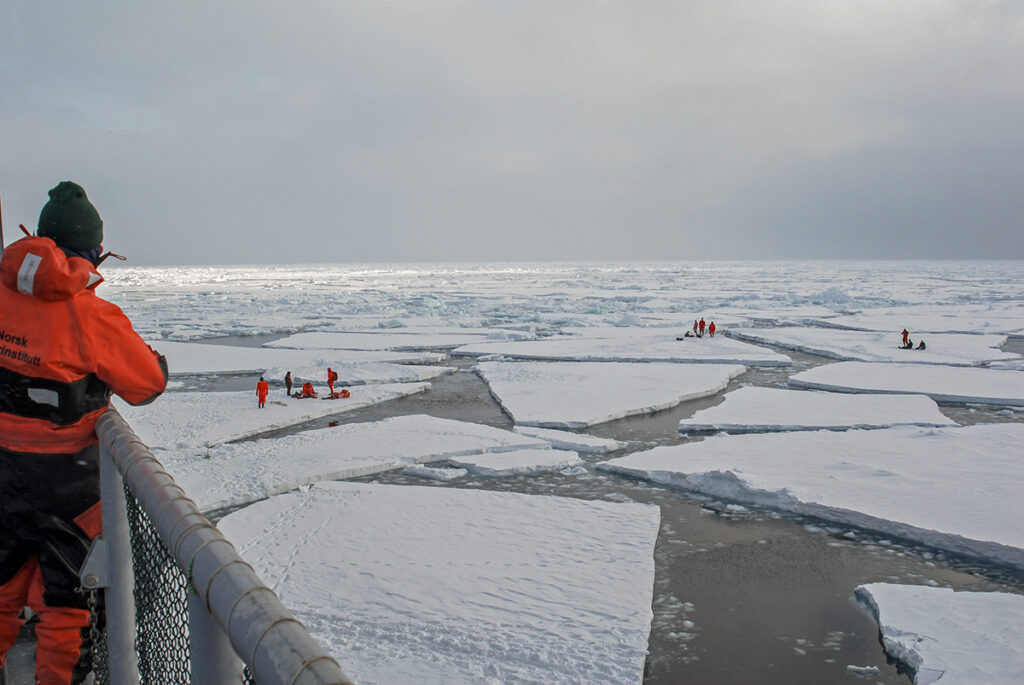The concept of climate tipping points, when changes in an Earth system are self-perpetuating and often irreversible, has been around for decades.
In recent years, studies have shown how the loss of trees in the Amazon, for example, creates a feedback loop in which the forest is no longer able to sustain itself, fueling further mortality. Similar dynamics have been observed with thawing permafrost, melting glaciers and dying coral reefs.
A new study published in Science warns that the world may have already crossed five of these dangerous thresholds with the 1.1 degrees Celsius of warming that has already occurred, including the onset of the collapse of the Greenland and West Antarctic ice sheets, the death of tropical coral reefs, and the abrupt thawing of northern permafrost.
The research predicts that four of these tipping points will move from possible to probable when global temperatures reach 1.5 degrees C warming, the target set by nations in the Paris Agreement in 2015.
Other critical tipping points will become likely if global temperatures exceed the 1.5 degree threshold. Loss of ice in the Barents Sea, melting mountain glaciers, the disappearance of the Amazon rainforest and changes in the West African monsoon that will affect the Sahel region, as well as the disappearance of boreal forests and the collapse of the Atlantic meridional circulation, an ocean current that supports the Gulf Stream, are also possible at 1.5 degrees.

You may also be interested in: G7 countries’ corporate emissions targets fall short of climate goals, new report says
Immediate impacts
The findings, the first comprehensive assessment of tipping points since 2008, are consistent with a recent report by the Intergovernmental Panel on Climate Change, which showed that some impacts of global warming are now unavoidable, even if countries cut emissions.
“The level of risk has increased since our initial estimates,” said Tim Lenton, professor of climate change at the University of Exeter and one of the co-authors of the new paper. “Back then, we thought that 2 degrees of global warming would take us into the danger zone. But in reality, we’ve already left the climate safe space.”
The researchers analyzed more than 200 studies and established estimates of minimum and maximum temperatures that would trigger various tipping points. They classified tipping points as possible when temperatures reached the low end of the model estimates, and as likely when they passed through the middle of the range.
“I don’t want people to read this and think, ‘game over.’ For tipping points that are triggered around 1.5 degrees, there will be huge impacts on people and ecosystems, but they are not the biggest feedbacks on global warming,” said David Armstrong McKay, a climate scientist at the University of Exeter and one of the study’s lead authors.
Currently, the world is on track to warm by 2.6 to 3 degrees Celsius under current policies. Even if all current net reduction and emissions targets are met, warming would remain just below 2 degrees C, which would likely exceed six tipping points, according to the study.
To read the research report, click here




